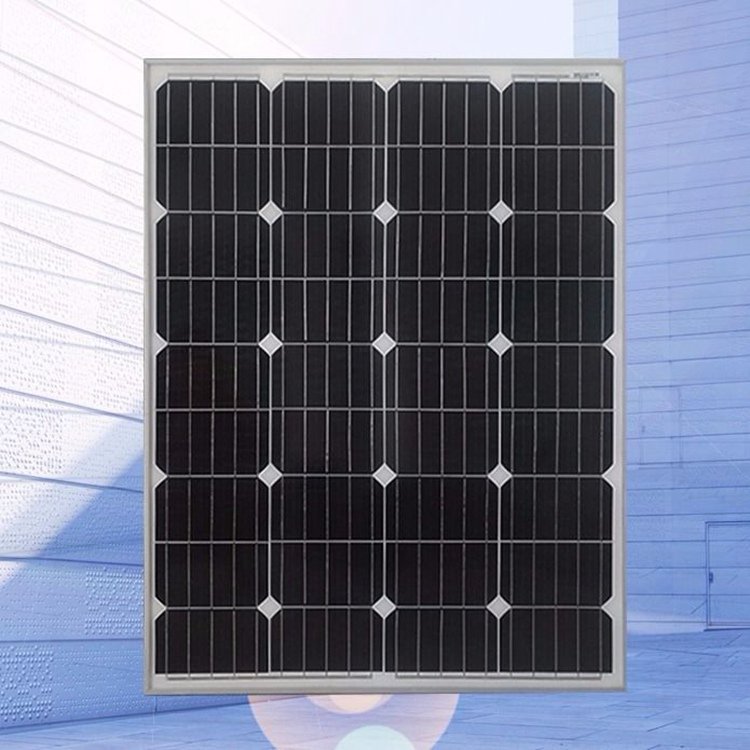Structural composition of solar panel
Label:
Structural composition of solar panel
solar panel
Structural composition of solar panel
solar panels are devices that directly or indirectly convert solar radiation energy into electric energy through photoelectric effect or photochemical effect by absorbing sunlight. The main material of most solar panels is "Silicon", but its widespread use has certain limitations due to its high manufacturing cost.
Compared with ordinary batteries and rechargeable batteries, solar cells are more energy-saving and environment-friendly green products.
solar panel Structural composition——
1) Tempered glass
Its function is to protect the main body of power generation (such as battery), and its selection is required. 1. The light transmittance must be high (generally more than 91%); 2. Ultra white steel treatment
2) EVA
It is used to bond and fix tempered glass and power generation main body (such as battery). The quality of transparent EVA material directly affects the service life of components. EVA exposed to air is easy to age and turn yellow, which affects the light transmittance of components and the power generation quality of components. In addition to the quality of EVA itself, the lamination process of component manufacturers also has a great impact, such as the bonding degree of EVA is not up to standard, Insufficient bonding strength between EVA and tempered glass and back plate will cause early aging of EVA and affect the service life of components.
3) Battery chip
The main function is power generation. The mainstream in the main power generation market are crystalline silicon solar cells and thin-film solar cells, which have their own advantages and disadvantages. Crystalline silicon solar cells have relatively low equipment cost, but high consumption and cell cost, but also high photoelectric conversion efficiency, which is more suitable for power generation in outdoor sunlight; Thin film solar cells have relatively high equipment cost, but their consumption and battery cost are very low, but their photoelectric conversion efficiency is more than half that of crystalline silicon cells, but their weak light effect is very good. They can also generate electricity under ordinary light, such as solar cells on calculators.
4)EVA
As above, it mainly bonds and encapsulates the power generation main body and the back plate
5) Backplane
Function, sealing, insulation and waterproof (generally TPT, TPE and other materials must be aging resistant. Most component manufacturers have a 25-year warranty. Tempered glass and aluminum alloy are generally no problem. The key is whether the back plate and silica gel can meet the requirements.)
6) Aluminum alloy
Protect the laminated parts and play a certain role of sealing and support
7) Junction box
Protect the whole power generation system and play the role of current transfer station. In case of component short circuit, the junction box will automatically disconnect the short-circuit battery string to prevent burning the whole system. The most important thing in the junction box is the selection of diodes. The corresponding diodes are different according to the type of battery in the module
8) Silica gel
The sealing function is used to seal the junction between the component and the aluminum alloy frame, and between the component and the junction box. Some companies use double-sided tape and foam to replace silica gel. Silica gel is widely used in China. The process is simple, convenient, easy to operate and the cost is very low.
